Pozole is one of those dishes that just brings a smile to your face. Good pozole can even bring a tear to your eye it's so good (and SO SIMPLE). In typical Mexican fashion, there are three versions of pozole, a red one, a green one, and a white one that harken back to the colors of the Mexican flag. Each with their own character and each incredible for different reasons. The green version is made with green chiles and tomatillos (or as they call them in the South of Mexico tomate verde). The white version is actually intended to be perfectly clear broth colored white by the pozole itself and no chiles (I know, sacrilege right?). It's typically made with the head of a pig (which requires a LOT of work skimming to keep the foam under control and the broth clear. The red version, which we present here, is rich with the flavors of red chiles, deep in flavor from the browned and then braised pork, and just the right consistency between soup and stew. This is a traditional dish prepared for New Years.
Brown the pork well. It's the caramelized flavors from the pork and the browned garlic and onion that give the amazing depth to the broth. The pork shoulder cut is very tough. Like most of the tough cuts it needs to hit 200°F for a while to start to break down the connective tissues, but once it gets there, it will instantly become tender enough to shred/pull. The recipe calls for 64 ounces of pozole. Here in the Southwest of the US, it's easy to find both dried and canned pozole. Either works for this recipe. If you're starting with dried pozole, soak it for 24 hours and cook for at least 3 hours. It should be tender but not mushy. Drain it well, rinse it well, and proceeed with the recipe.
As always, from our table to yours... #SpiceConfidently #EssenceOfFlavor #ChemistryInTheKitchen #CasaMSpice
— Mike Hernandez
ingredients
For the Broth:
- 1/4 cup coconut oil
- 4 pounds pork shoulder roast, cut into 4-5 strips
- 2 heads garlic, peeled, minced
- 1/4 cup Casa M Spice Co® Uncontrolled Chain Reaction®
- 1/4 cup Casa M Spice Co® Uncontrolled Cattle Drive®
- 2 ounces ancho chile, ground
- 1 ounce guajillo chile, ground
- 1 large sweet onion, diced fine
- 12 cups chicken broth
- salt and pepper to taste
Pulling It All Together:
- 64 oz cooked or canned white hominy, drained
- 1 bunch of radishes, washed and trimmed of greens, diced
- 1/4 head green cabbage, shredded
- 2 limes, cut into wedges
- 1 bunch cilantro, leaves plucked
FEATURED QUOTE
Brown the pork well. It's the caramelized flavors from the pork and the browned garlic and onion that give the amazing depth to the broth.
- Mike HernandezLET’S GET COOKING
-
1.
Heat the coconut oil in a large (8 quart), thick-bottomed pot (we used a cast iron one) over medium-high heat. When it's good and hot, add the pork and brown it on all sides. When each piece is well-browned turn off the heat and remove the pork to drain on a paper towel lined plate. Reduce the heat to medium.
-
2.
Add the onion and garlic and brown for 5 minutes. Then add the Chain Reaction®, Cattle Drive®, ancho and guajillo chiles. Stir well, then add the pork to the pot. Carefully add the chicken broth to the pot. Bring to a boil and then cover and reduce the heat to simmer and let simmer for 4 hours until the pork is fork tender and pulls easily.
-
3.
Remove the pork from the pot and adjust seasonings of the broth to taste. Let the pork cool in a bowl and then shred/pull it.
-
4.
Rinse and drain the pozole, then add the hominy and pork back to the pot and simmer for about 30 minutes. The finished dish should be brothy lilke a soup, not thick. Adjust consistency with a little water or chicken broth as needed.
-
5.
Serve in a deep bowl with garnishes of radish, cabbage, cilantro, and lime for people to add to the top as desired.

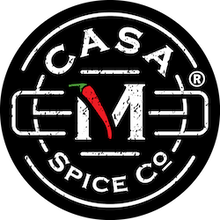





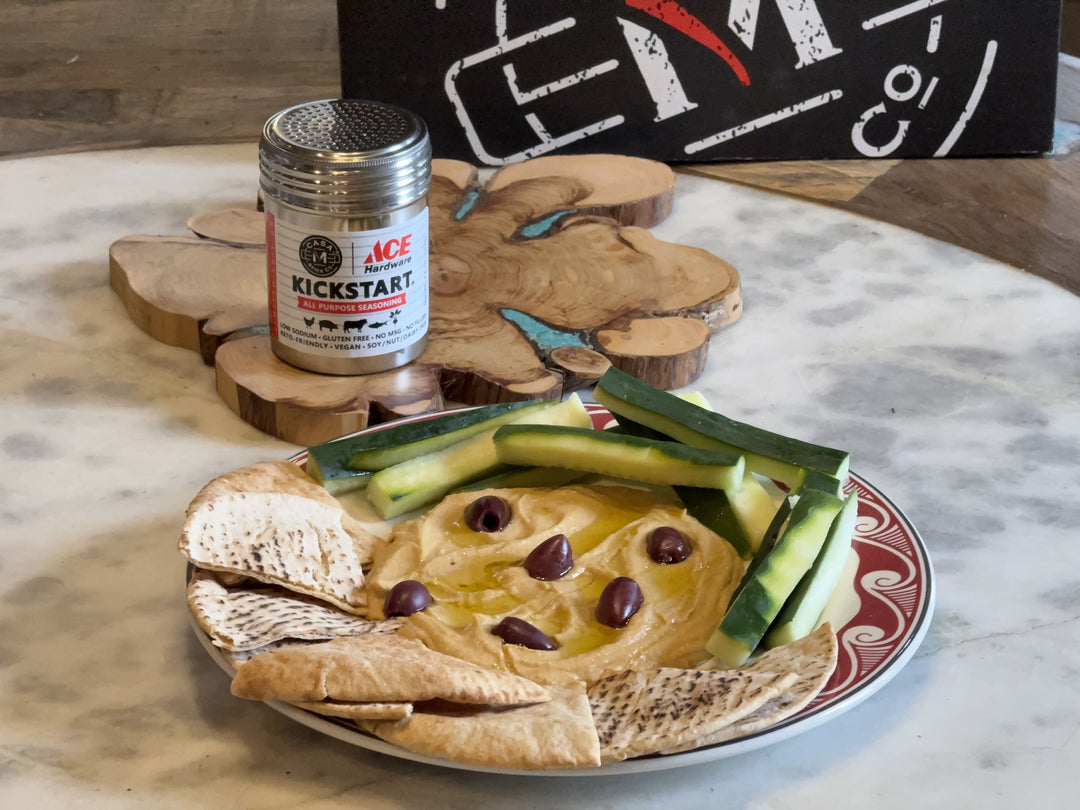
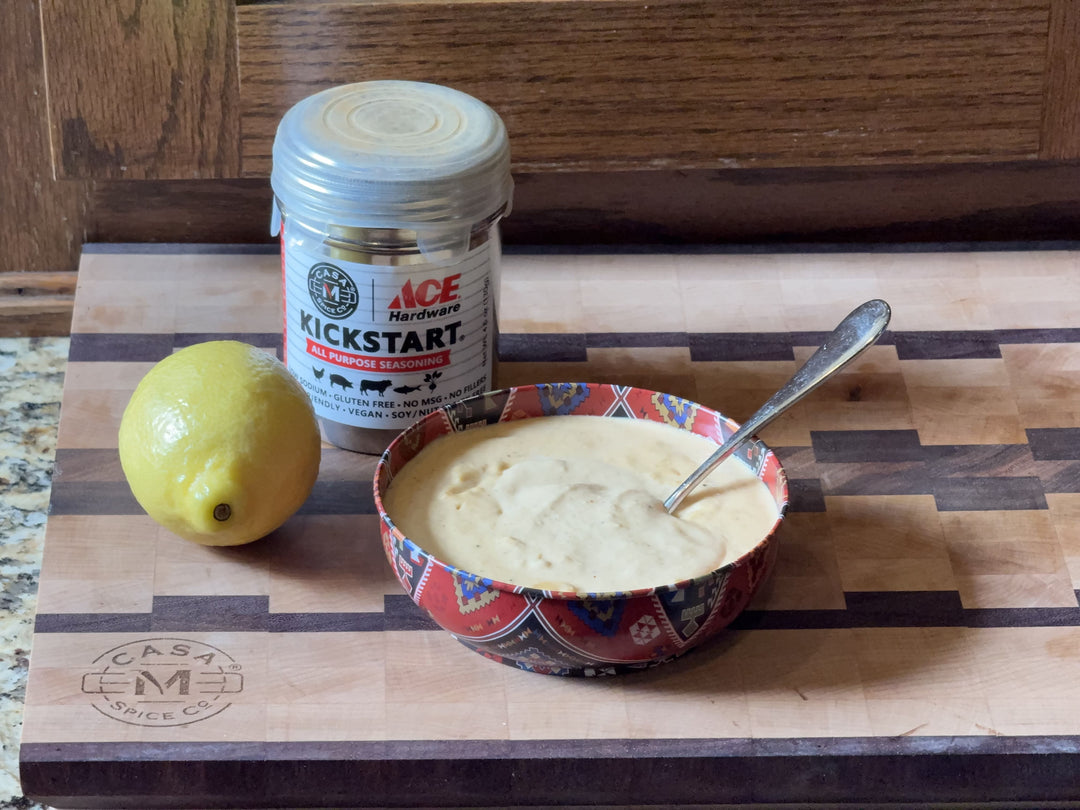

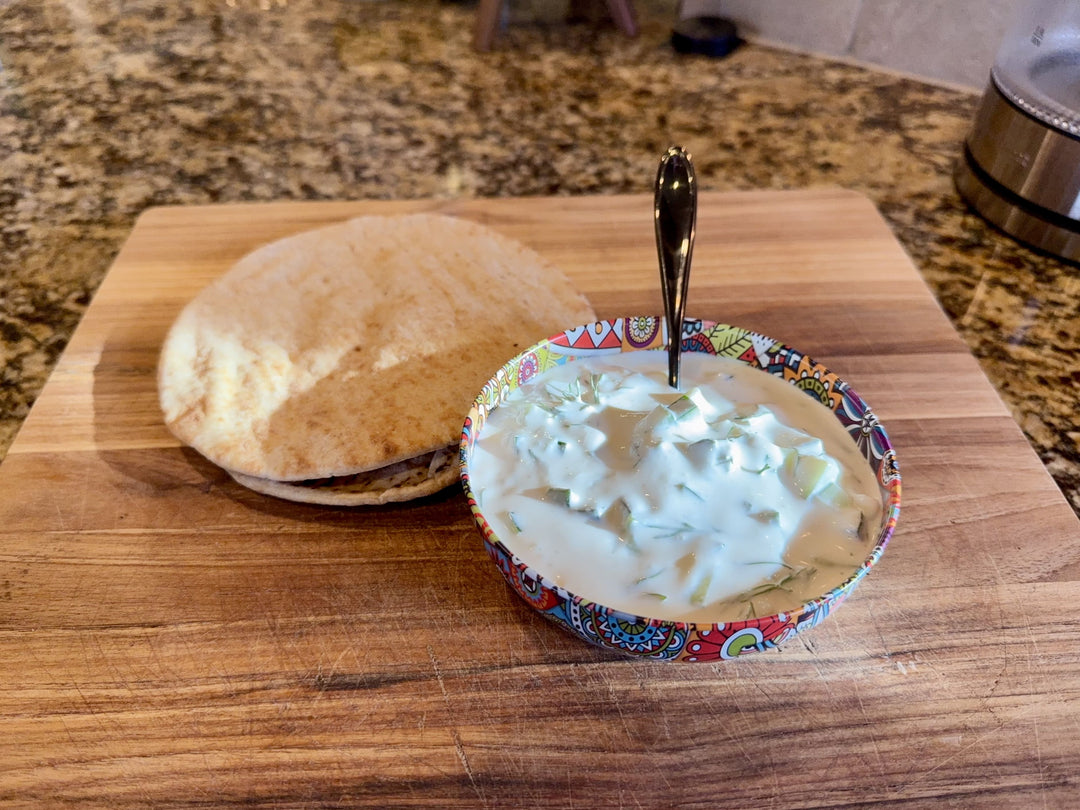
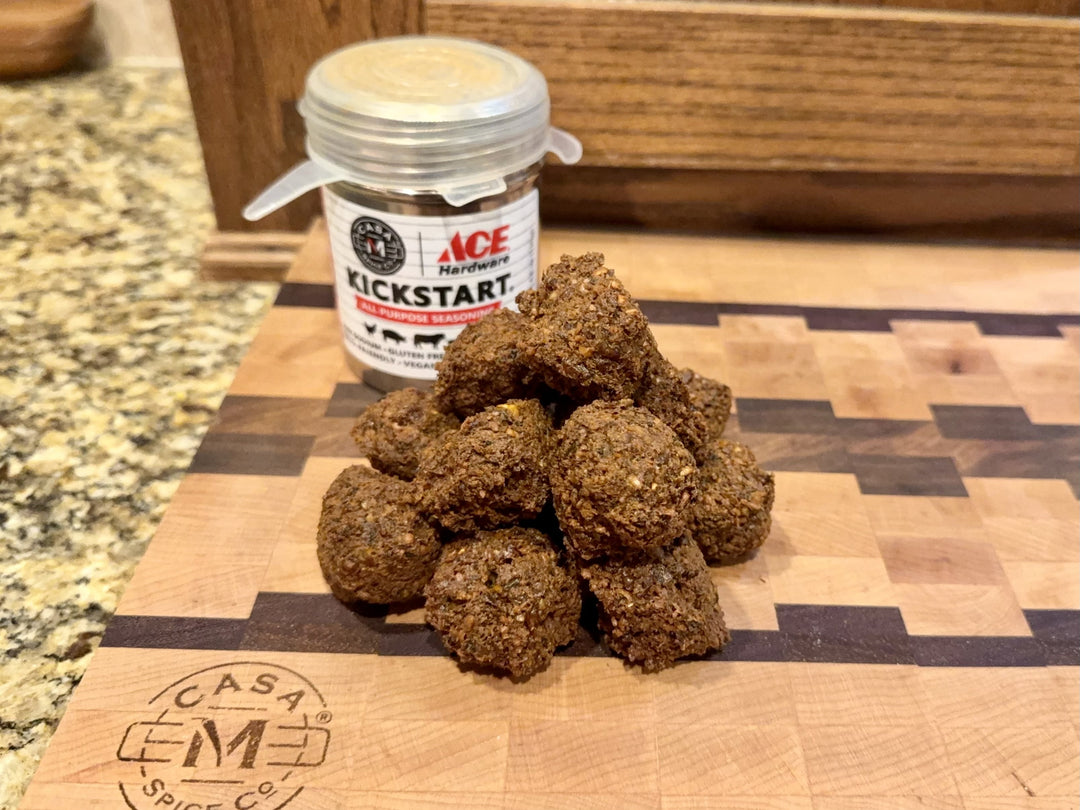
Leave a comment